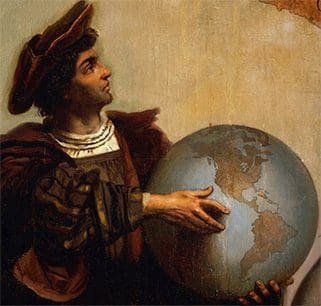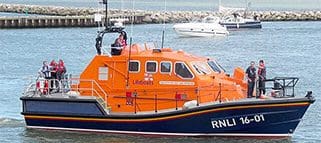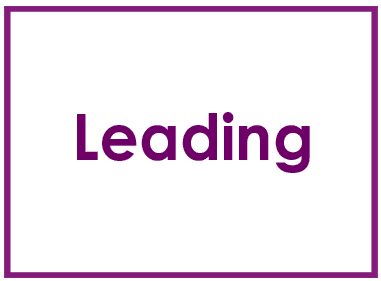
Pupils are in the role of history detectives. They are given 8 progressively revealing, mainly visual, clues in a controlled predetermined order, to elicit ideas as to why Columbus is famous.
After each clue, pupils are given 30 seconds in their groups to come up with an idea. When a consensus has been reached, you jot down their ideas on the white board around the figure of Columbus, using his projected portrait from slide 2 of the PowerPoint.
Learning objectives
- Pupils are able to makes simple deductions from the individual visual clues
- They then show an ability to link their deductions to build up a picture of Columbus’ achievements
- The higher attaining pupils are able to relate his discoveries to a period from the past, about 500 years ago
Step 1
Explain to pupils that they are going to be history detectives. They will piece together clues that








